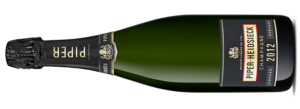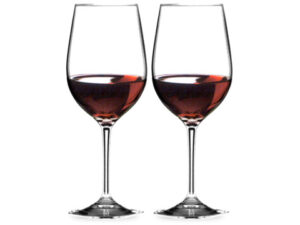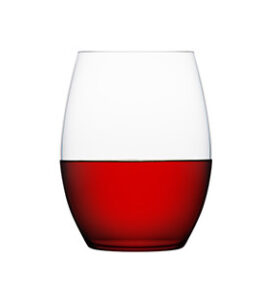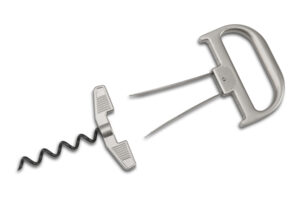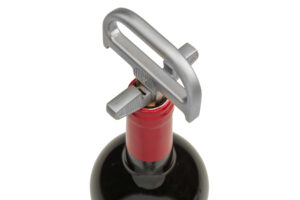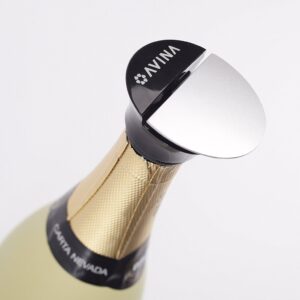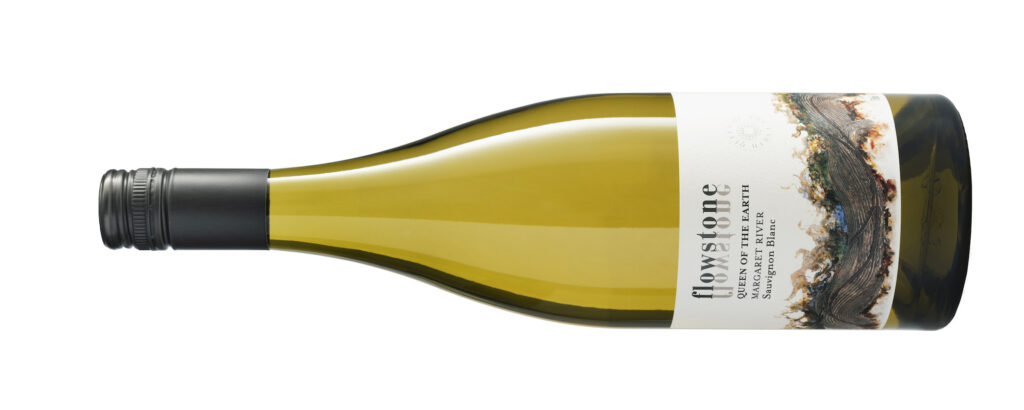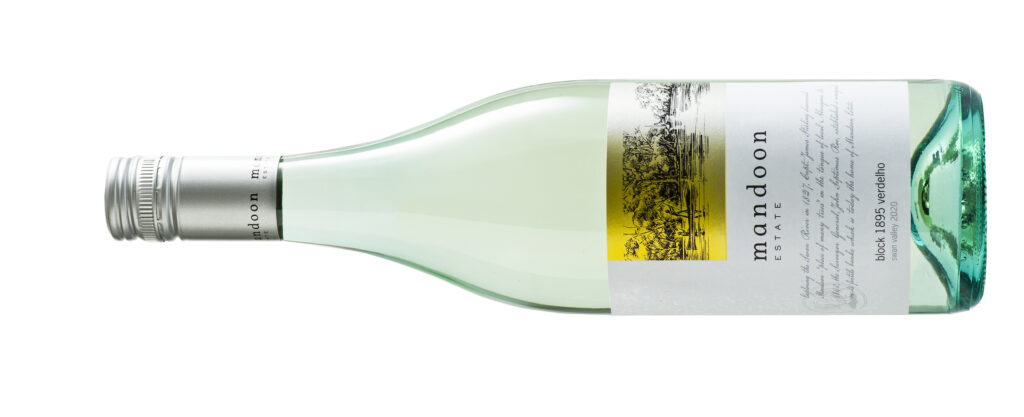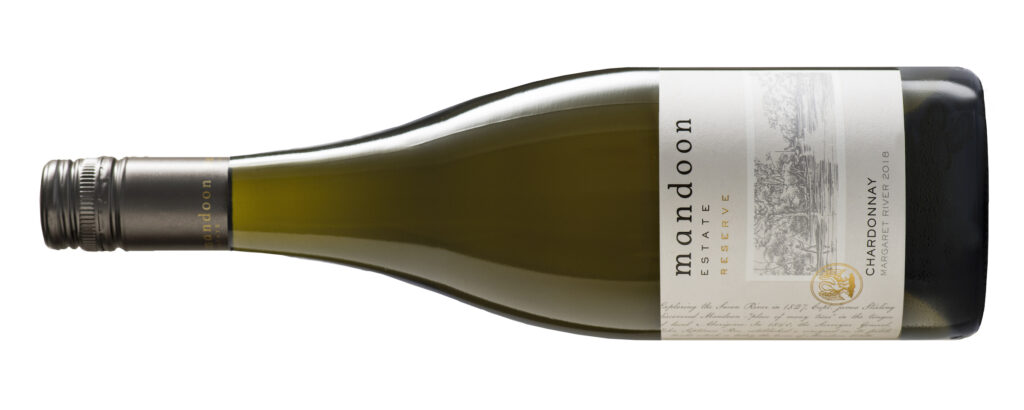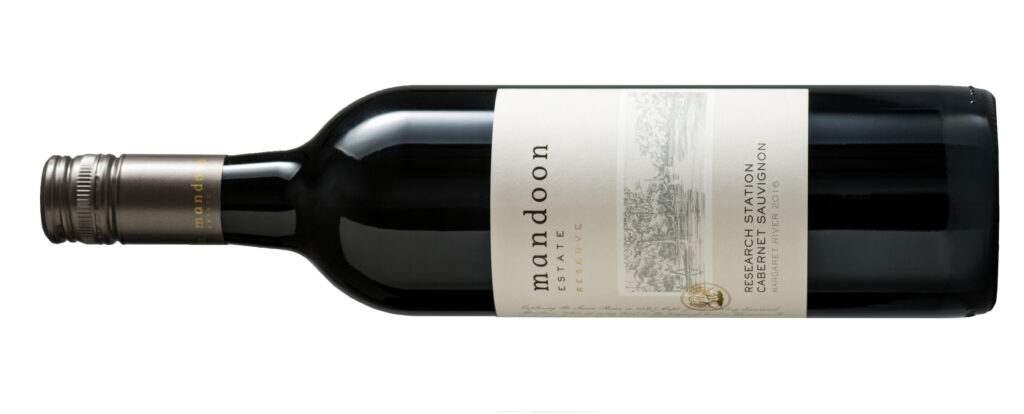New Release Whites
Barry Weinman: 3rd February 2021
Perhaps not the most serious lineup of wines that I tried over the break, but certainly some of the more approachable, food-friendly wines.
The contrast between the racy and lithe Mt Horrock’s Riesling and the rich and viscous Hutton Vale Farm was an interesting one indeed.
Reviewed

Hutton Vale Farm – Eden Valley – Riesling – 2019. In a line-up of dry Rieslings, the residual sugar in this came as a surprise, but the panel really appreciated this wine. Lime blossom, ripe citrus and musk lead to a palate that is viscous, rich and dense. The precise acidity balances the sugar nicely. Serve chilled with Asian foods. 92pts – $35
Mount Horrocks – Watervale – Riesling – 2020. Wonderful perfume. Dry, elegant, refined and pretty, with vibrant acidity adding life. Yes, this is age-worthy, but it is delicious right now. 93pts – $35
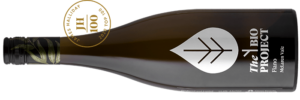
The Bio Project – Fiano – 2020. Quite subtle and fine, with supple mouthfeel and acidity. Impactful without being overtly fruity, with excellent fruit weight and length and crisp acidity to close. Will be best with food. 91pts – $25
Higher Planes – Fiano – 2020. A similar textural profile to the Bio Project, but with supple perfumed fruit that adds interest and depth. Whilst not overly complex, the balance and length of flavours are a highlight. Will be good with or without food. 90pts – $28
Naturalis – Pinot Grigio – 2020. Actually, quite a good drink. Subtle fruit, elegant fruit that is long and quite fine, with decent length. Neutral, food friendly and organic. 86pts – $18.

